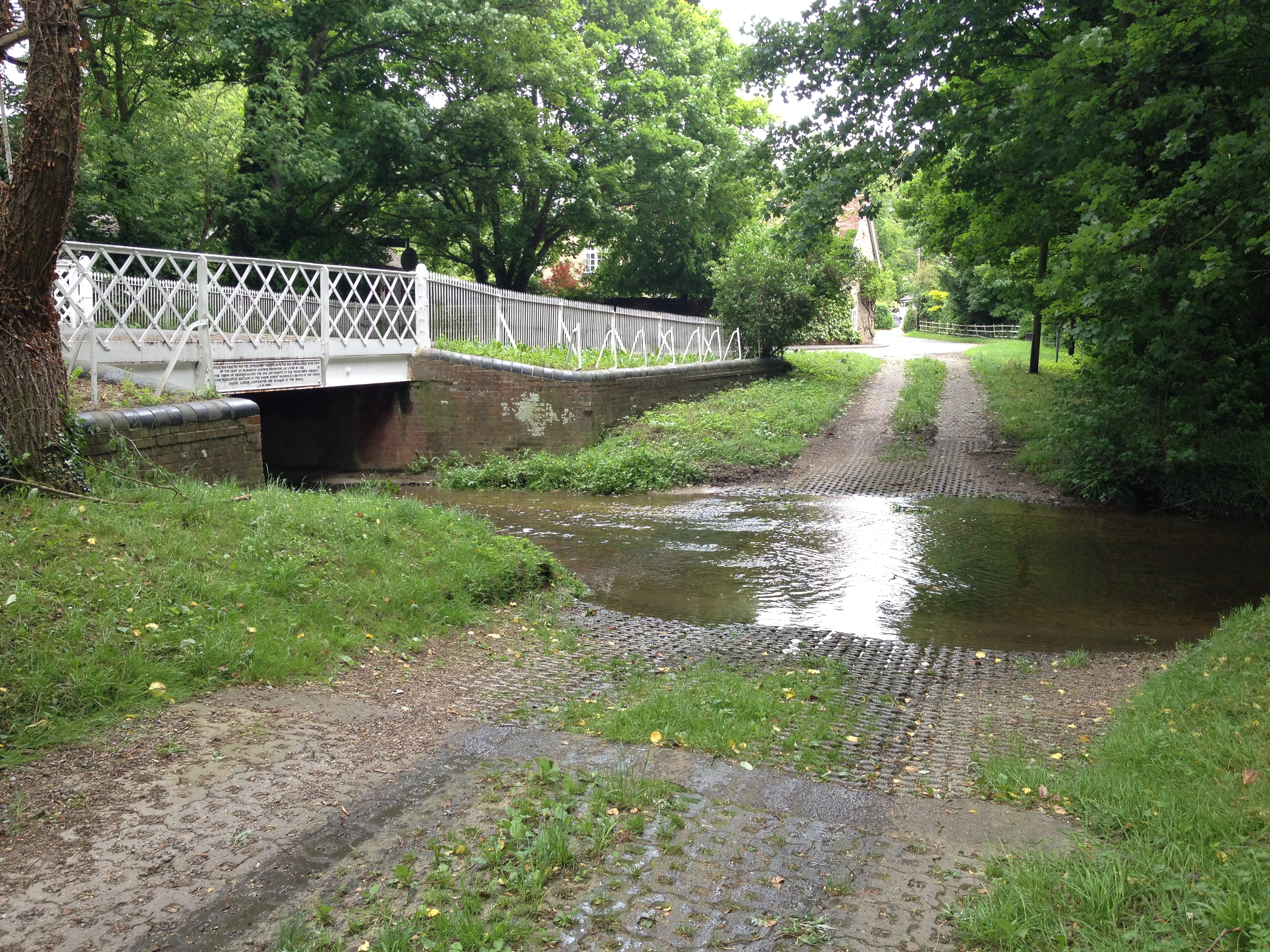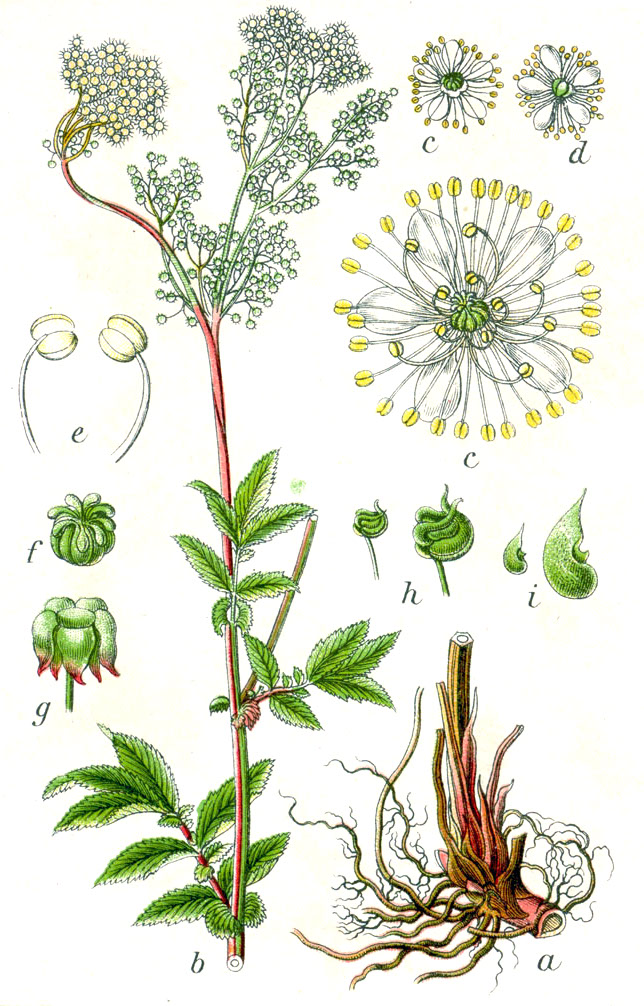|
Alder Carr, Hildersham
Alder Carr is a 6.7-hectare biological Site of Special Scientific Interest in Hildersham in Cambridgeshire. The site is a wet valley which has alder on fen peat, a type of woodland, known as Carr (landform), carr, which is now rare in East Anglia. Ground flora include Angelica sylvestris, angelica and Filipendula ulmaria, meadowsweet. This habitat is very valuable to invertebrates. The site is private land with no public access. References {{Authority control Sites of Special Scientific Interest in Cambridgeshire South Cambridgeshire District Alder carrs ... [...More Info...] [...Related Items...] OR: [Wikipedia] [Google] [Baidu] |
Site Of Special Scientific Interest
A Site of Special Scientific Interest (SSSI) in Great Britain or an Area of Special Scientific Interest (ASSI) in the Isle of Man and Northern Ireland is a conservation designation denoting a protected area in the United Kingdom and Isle of Man. SSSI/ASSIs are the basic building block of site-based nature conservation legislation and most other legal nature/geological conservation designations in the United Kingdom are based upon them, including national nature reserves, Ramsar sites, Special Protection Areas, and Special Areas of Conservation. The acronym "SSSI" is often pronounced "triple-S I". Selection and conservation Sites notified for their biological interest are known as Biological SSSIs (or ASSIs), and those notified for geological or physiographic interest are Geological SSSIs (or ASSIs). Sites may be divided into management units, with some areas including units that are noted for both biological and geological interest. Biological Biological SSSI/ASSIs may ... [...More Info...] [...Related Items...] OR: [Wikipedia] [Google] [Baidu] |
Hildersham
Hildersham is a small village 8 miles to the south-east of Cambridge, England. It is situated just off the A1307 between Linton, Cambridgeshire, Linton and Great Abington on a tributary of the River Cam known locally as the River Granta. The parish boundary extends from the Roman Road, known in medieval times as Wool Street, north of the village, to the border with Essex to the south. The village sign was designed by Mrs D.E. Arkright, who along with her husband, Mr R.B. Arkright MBE, lived in the village for over 40 years. Population In the 2001 census, the parish had a population of 202, in 81 households, increasing to a population of 211 in 90 households at the 2011 Census. History The place-name 'Hildersham' is first attested in the Domesday Book of 1086, where it appears as ''Hildricesham''. The name means 'Hildric's village or settlement'. At the time of Domesday there were 20 residents in the parish. One of England's greatest chroniclers, Matthew Paris, is believed ... [...More Info...] [...Related Items...] OR: [Wikipedia] [Google] [Baidu] |
Cambridgeshire
Cambridgeshire (abbreviated Cambs.) is a Counties of England, county in the East of England, bordering Lincolnshire to the north, Norfolk to the north-east, Suffolk to the east, Essex and Hertfordshire to the south, and Bedfordshire and Northamptonshire to the west. The city of Cambridge is the county town. Following the Local Government Act 1972 restructuring, modern Cambridgeshire was formed in 1974 through the amalgamation of two administrative counties: Cambridgeshire and Isle of Ely, comprising the Historic counties of England, historic county of Cambridgeshire (including the Isle of Ely); and Huntingdon and Peterborough, comprising the historic county of Huntingdonshire and the Soke of Peterborough, historically part of Northamptonshire. Cambridgeshire contains most of the region known as Silicon Fen. The county is now divided between Cambridgeshire County Council and Peterborough City Council, which since 1998 has formed a separate Unitary authorities of England, unita ... [...More Info...] [...Related Items...] OR: [Wikipedia] [Google] [Baidu] |
Carr (landform)
A carr is a type of waterlogged wooded terrain that, typically, represents a succession stage between the original reedy marsh and the likely eventual formation of forest in a sub-maritime climate.Whittow, John (1984). ''Dictionary of Physical Geography''. London: Penguin, 1984. . Carrs are wetlands that are dominated by shrubs rather than trees. The carr is one stage in a hydrosere: the progression of vegetation beginning from a terrain submerged by fresh water along a river or lake margin. In sub-maritime regions, it begins with reed-marsh. As the reeds decay, the soil surface eventually rises above the water, creating fens that allow vegetation such as sedge to grow. As this progression continues, riparian trees and bushes appear and a carr landscape is created – in effect a wooded fen in a waterlogged terrain. At this stage, overall, unlike the overwhelming acidity of decaying reeds, the pH is not too acidic and the soil is not too deficient in minerals, making a habitat fo ... [...More Info...] [...Related Items...] OR: [Wikipedia] [Google] [Baidu] |
Angelica Sylvestris
''Angelica sylvestris'' or wild angelica is a species of flowering plant, native to Europe and central Asia. An annual or short-lived perennial growing to a maximum of , it has erect purplish stems and rounded umbels of minuscule white or pale pink flowers in late summer. Habitat and ecology The Latin specific epithet ''sylvestris'' means “growing in woodland”. However it tolerates a range of conditions including fields, hedgerows, open woods, marshes and fens. It will grow in light (sandy), medium (loamy) and heavy (clay) soils. It has recently been determined to be an invasive weed in New Brunswick and Cape Breton, Nova Scotia, Canada. "According to the New Brunswick Invasive Species Council, unless this species is controlled, Woodland Angelica could spread throughout Canada, overwhelming other vegetation." The flowers are visited by a wide array of insects and are thus characterised by a generalised pollination system. Adult wasps of ''Dolichovespula norwegica'' are know ... [...More Info...] [...Related Items...] OR: [Wikipedia] [Google] [Baidu] |
Filipendula Ulmaria
''Filipendula ulmaria'', commonly known as meadowsweet or mead wort, is a perennial herbaceous plant in the family Rosaceae that grows in damp meadows. It is native throughout most of Europe and Western Asia (Near east and Middle east). It has been introduced and naturalised in North America. Meadowsweet has also been referred to as queen of the meadow, pride of the meadow, meadow-wort, meadow queen, lady of the meadow, dollof, meadsweet, and bridewort. Description The stems, growing up to 120 cm, are tall, erect and furrowed, reddish to sometimes purple. The leaves are dark-green on the upper side and whitish and downy underneath, much divided, interruptedly pinnate, having a few large serrate leaflets and small intermediate ones. Terminal leaflets are large, 4–8 cm long, and three- to five-lobed. Meadowsweet has delicate, graceful, creamy-white flowers clustered close together in irregularly-branched cymes, having a very strong, sweet smell redolent of antisep ... [...More Info...] [...Related Items...] OR: [Wikipedia] [Google] [Baidu] |
Sites Of Special Scientific Interest In Cambridgeshire
Site most often refers to: * Archaeological site * Campsite, a place used for overnight stay in an outdoor area * Construction site * Location, a point or an area on the Earth's surface or elsewhere * Website, a set of related web pages, typically with a common domain name It may also refer to: * Site, a National Register of Historic Places property type * SITE (originally known as ''Sculpture in the Environment''), an American architecture and design firm * Site (mathematics), a category C together with a Grothendieck topology on C * ''The Site'', a 1990s TV series that aired on MSNBC * SITE Intelligence Group, a for-profit organization tracking jihadist and white supremacist organizations * SITE Institute, a terrorism-tracking organization, precursor to the SITE Intelligence Group * Sindh Industrial and Trading Estate, a company in Sindh, Pakistan * SITE Centers, American commercial real estate company * SITE Town, a densely populated town in Karachi, Pakistan * S.I.T.E Indust ... [...More Info...] [...Related Items...] OR: [Wikipedia] [Google] [Baidu] |
South Cambridgeshire District
South is one of the cardinal directions or Points of the compass, compass points. The direction is the opposite of north and is perpendicular to both east and west. Etymology The word ''south'' comes from Old English ''sūþ'', from earlier Proto-Germanic language, Proto-Germanic ''*sunþaz'' ("south"), possibly related to the same Proto-Indo-European language, Proto-Indo-European root that the word ''sun'' derived from. Some languages describe south in the same way, from the fact that it is the direction of the sun at noon (in the Northern Hemisphere), like Latin meridies 'noon, south' (from medius 'middle' + dies 'day', cf English meridional), while others describe south as the right-hand side of the rising sun, like Biblical Hebrew תֵּימָן teiman 'south' from יָמִין yamin 'right', Aramaic תַּימנַא taymna from יָמִין yamin 'right' and Syriac ܬܰܝܡܢܳܐ taymna from ܝܰܡܝܺܢܳܐ yamina (hence the name of Yemen, the land to the south/right of the ... [...More Info...] [...Related Items...] OR: [Wikipedia] [Google] [Baidu] |


